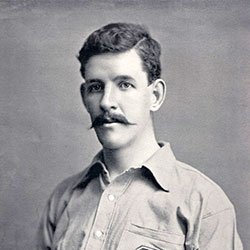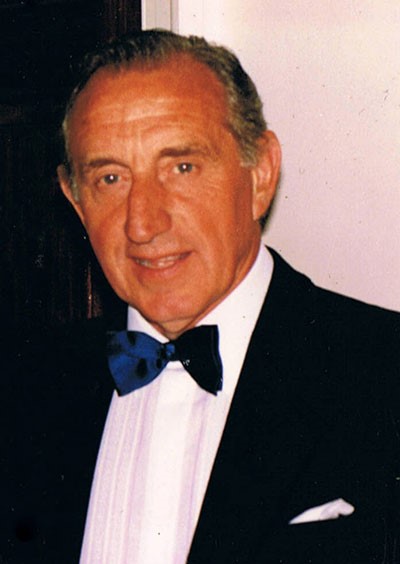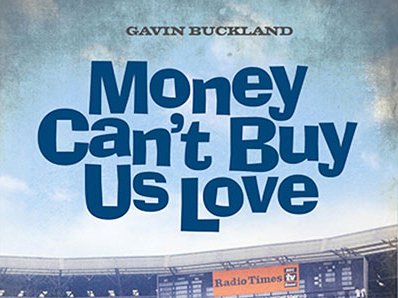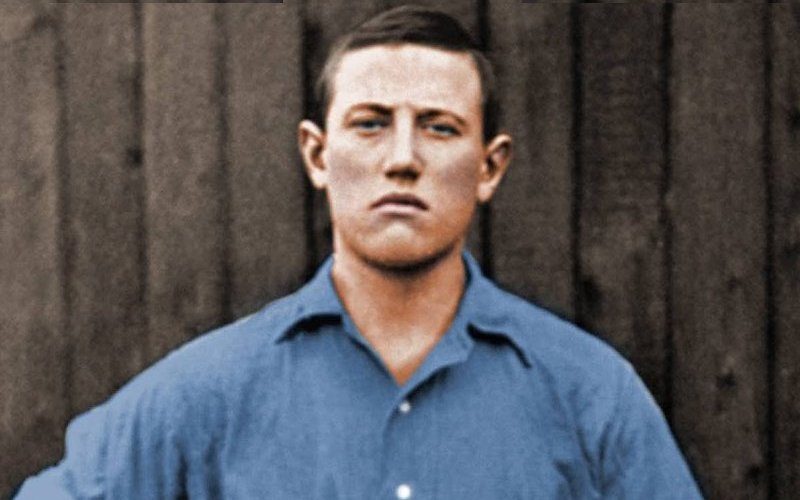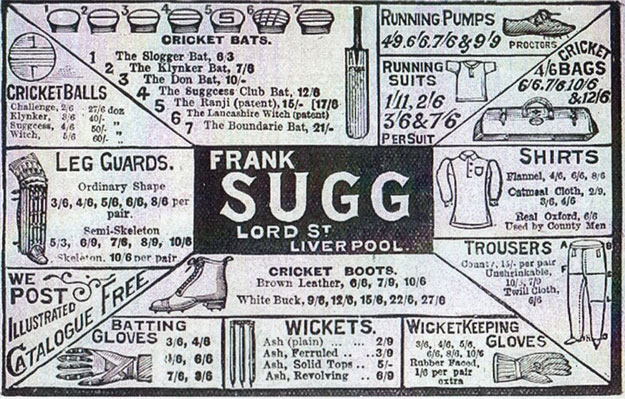Eddie Thomas – An Unsung Goodison Hero
Whilst researching and writing Blue Dragon, the forthcoming biography of Roy Vernon, my interest was piqued by Eddie Thomas, the makeweight in the deal that brought Vernon from Blackburn to Merseyside. The fact that Johnny Carey was prepared to sacrifice Thomas, in spite of a remarkable goal per game ratio, underlines just how highly the Everton manager coveted the Rovers man. Like Vernon, Eddie did not have the physique of a footballer. Slight – almost frail looking – he appeared ill-equipped for the hurly-burly of professional football. But appearances can so often be deceptive and the Lancastrian enjoyed a fruitful career over…


